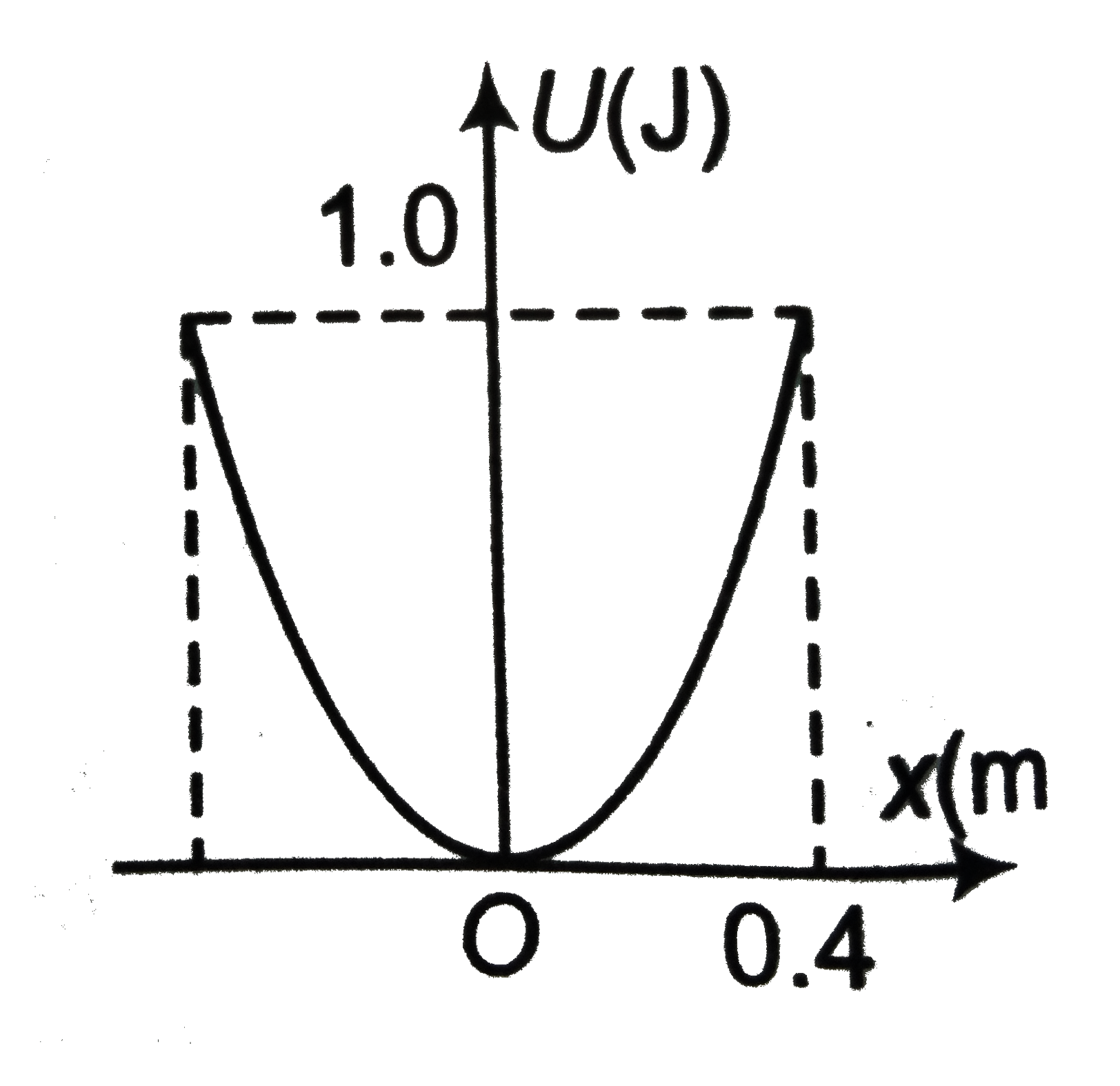A student says that he had applied a force F=−k√x on a particle and the particle moved in simple harmonic motion. He refuses to tell whether k is a constant or not. Assume that he has worked only with positive x and no other force acted on the particle
As x increases k increaes
As x inceases k decreases
As x increases k remains constant
The motion cannot be simple harmonic
The correct Answer is:A
Step by step video, text & image solution for A student says that he had applied a force F=-ksqrtx on a particle and the particle moved in simple harmonic motion. He refuses to tell whether k is a constant or not. Assume that he has worked only with positive x and no other force acted on the particle by Physics experts to help you in doubts & scoring excellent marks in Class 11 exams.
Topper's Solved these Questions
- BOOK - HC VERMACHAPTER - SIMPLE HARMONIC MOTIONEXERCISE - Objective 214videos
SIMPLE HARMONIC MOTION
- BOOK - HC VERMACHAPTER - SIMPLE HARMONIC MOTIONEXERCISE - Objective-22videos
SIMPLE HARMONIC MOTION
- BOOK - HC VERMACHAPTER - SIMPLE HARMONIC MOTIONEXERCISE - Short Answer13videos
SIMPLE HARMONIC MOTION
- BOOK - HC VERMACHAPTER - ROTATIONAL MECHANICSEXERCISE - Exercises86videos
ROTATIONAL MECHANICS
- BOOK - HC VERMACHAPTER - SOME MECHANICAL PROPERTIES OF MATTEREXERCISE - Exercises32videos
SOME MECHANICAL PROPERTIES OF MATTER
Similar Questions
A particle executing simple harmonic motion comes to rest at the extreme positions. Is the resultant force on the particle zero at these positions asccording to Newton's first law?
View SolutionA person says that he mesured the acceleration of a particle to be nonzero while no force was acting on the particle
View Solution
Knowledge Check
- Question 1 - Select One
A student says that he had applied a force F=−k√x on a particle and the particle performs in simple harmonic motion. He refuses to tell whether k is a constant or not. Assume that he has worked only with positive x and no other force acted on the particle.
AAs X increases k increasesBAs X increases K decreasesCAs X increases k remains constantDThe motion cannot be simple harmonic - Question 2 - Select One
According to a scientists, he applied a force F=−cx1/3 on a particle and the particle is performing SHM. No other force acted on the particle. He refuses to tell whether c is a constant or not. Assume that he had worked only with positive x then :
Aas x increases c also increasesBas x increases c also decreasesCas x increases c remain constantDthe motion cannot be SHM - Question 3 - Select One

Figure. Shows the variation of force acting on a particle of mass 400 g executing simple harmonic motion. The frequency of oscillation of the particle isA4s−1B(52π)s−1C(18π)s−1D(12π)s−1
The resultant force acting on a particle executing simple harmonic motion is 4N when it is 5cm away from the centre of oscillation. Find the spring constant.
View SolutionA particle of mass 2kg moves in simple harmonic motion and its potential energy U varies with position x as shown. The period of oscillation of the particle is
 View Solution
View SolutionA particle moving along the X-axis executes simple harmonic motion, then the force acting on it is given by
where, A and K are positive constants.View SolutionA particle of mass 10grams is executing simple harmonic motion with an amplitude of 0.5 m and periodic time of )(π/5)seconds . The maximum value of the force acting on the particle
View SolutionA particle of mass m initially at rest. A variabl force acts on the particle f=kx2 where k is a constant and x is the displacment. Find the work done by the force f when the speed of particles is v.
View Solution

